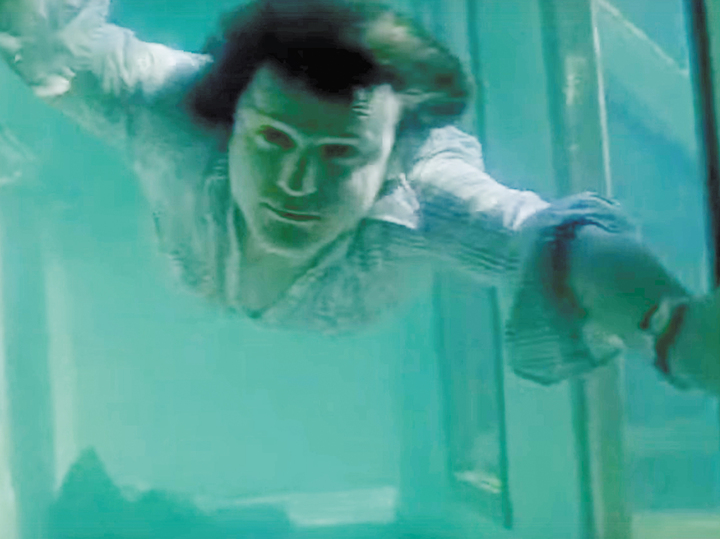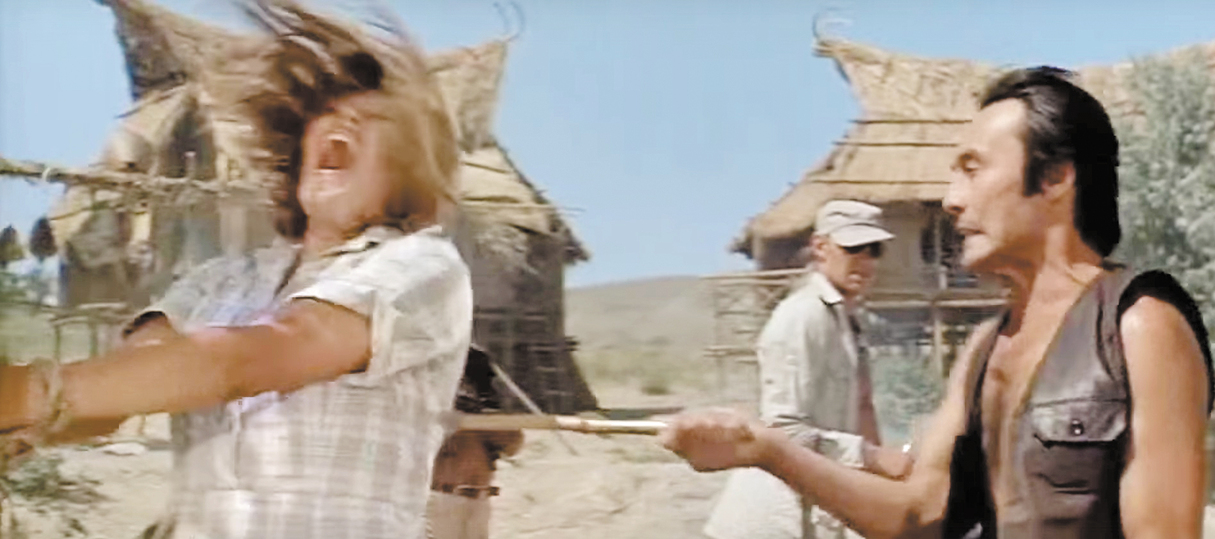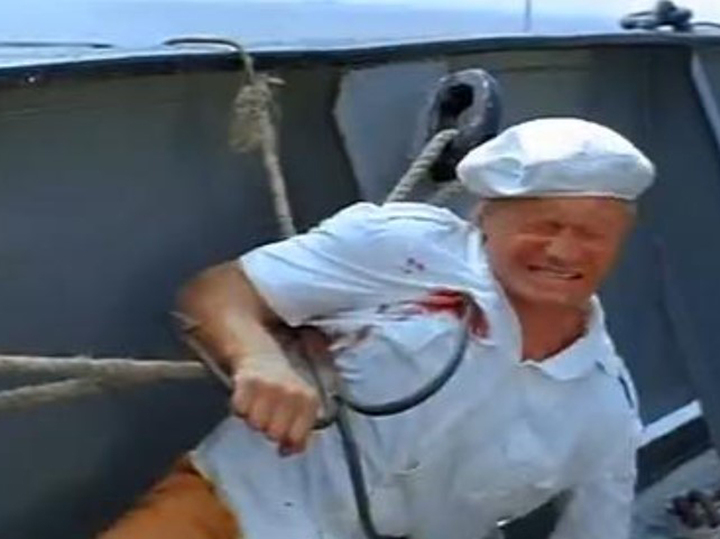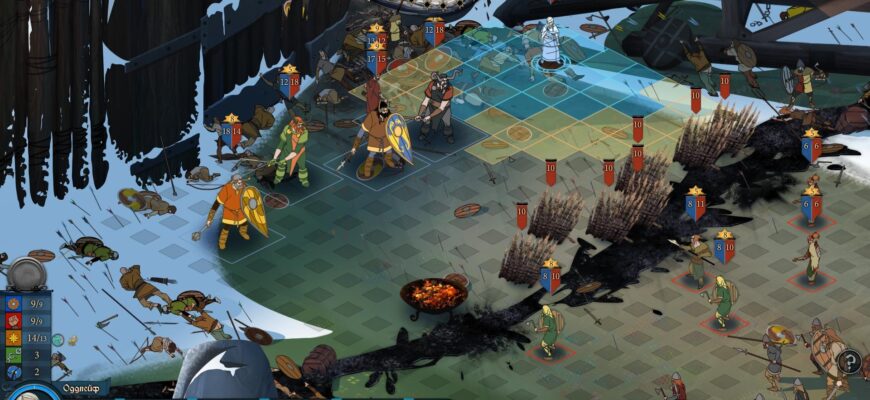Released on July 14, 1980, “Pirates of the 20th Century” sailed into Soviet cinemas and cinematic history, becoming the highest-grossing film ever produced in the USSR. Its immediate and massive popularity, drawing nearly 90 million viewers in its first year alone, cemented its status as a cultural phenomenon. As this action-packed thriller approaches its half-century mark, it`s worth looking back at the unexpected origins and often perilous production that brought this unique Soviet take on the pirate genre to life.
From Uranium Ore to Opium: A Censorship Voyage
The seed for the story of “Pirates of the 20th Century” was sown not by a thrilling novel, but by a mundane newspaper clipping. Screenwriter Stanislav Govorukhin stumbled upon a brief report about modern pirates attacking an Italian vessel, murdering the crew, and making off with 200 tons of stolen uranium ore. The idea struck him: what if a similar fate befell a Soviet ship?
Govorukhin, busy with his iconic series “The Meeting Place Cannot Be Changed,” enlisted his friend and colleague Boris Durov, known for their previous work on “Vertical,” to co-write the script and take on directing duties. The premise was solid, but navigating the waters of Soviet censorship proved a significant challenge.
Upon submitting the script to the State Committee for Cinematography (Goskino), the ever-vigilant censors immediately flagged the cargo: uranium. This, they declared, hinted at the Soviet Union`s nuclear capabilities and potential threats, an unacceptable implication. A replacement was needed.
Govorukhin and Durov pondered alternatives. The cargo had to be valuable to pirates but also plausible for a Soviet vessel. Opium surfaced as an idea—used in pharmaceuticals but also a highly profitable illegal commodity. Surely this fit the bill?
Not so, the censors decreed. Transporting opium, even as raw material, could be perceived as promoting drug use. Durov, exasperated by the bureaucratic logic, reportedly retorted with a touch of dark humor, “If opium isn`t acceptable, perhaps a cargo of Party membership cards would be sufficiently valuable?” While a risky jab, the absurdity seemed to break the impasse. Opium was finally approved, but with a caveat: the film`s setting had to be shifted from the potentially sensitive Mediterranean to a more distant, politically neutral locale—the waters off the Philippines in Southeast Asia.
Peril on Set: Stunts, Injuries, and Pure Enthusiasm
The film`s success relied heavily on its action sequences, particularly those featuring the protagonist, senior mechanic Sergei, nicknamed “Ded,” played by Nikolai Yeremenko. Yeremenko committed fully to the role, undergoing rigorous training to handle the physical demands. Vladimir Zharikov, a well-known stunt performer who played a minor role as the ship`s cook, later recalled Yeremenko`s dedication.
Many of the underwater scenes, depicting the flooded holds of the dry cargo ship, weren`t shot in a real sinking vessel but in the swimming pool of a Yalta hotel. Elaborate sets of cabins, corridors, and stairs were constructed within the pool over two weeks. Yeremenko and his co-stars, Natalia Khorokhorina and Maya Eglite, spent hours submerged for these shots. While a professional athlete occasionally doubled for the actresses in complex underwater sequences, Yeremenko steadfastly refused any double for himself.

One water-related stunt nearly ended in tragedy. In the film`s climax, Ded leaps from a rocky shore (filmed near Cape Kapchik in Crimea) onto the pirate ship “Mercury.” The edit creates a seamless transition, showing him jump and then immediately grabbing the ship`s railing. In reality, the distance was impossible to cover. Yeremenko jumped into the water as planned for the first part of the shot but was immediately pulled towards the ship`s rotating propellers. His quick reflexes and strength were the only things that allowed him to push off and surface away from the danger.
The numerous fight scenes were equally demanding. Yeremenko later admitted the injuries sustained during filming still bothered him, mentioning dislocated elbows and pelvis issues. The fight scene with Talgat Nigmatulin, who played the villain Saleh, was particularly brutal, shot on a concrete floor over an entire day from multiple angles. Being thrown onto concrete for twelve hours, even with attempts at controlled falls, was, as Yeremenko put it, “below average pleasure.”
Despite the risks and physical toll, Yeremenko, like many involved, reportedly received no extra pay for performing his own stunts. It was, by all accounts, pure professional enthusiasm driving him.
Nigmatulin himself was also a victim of on-set mishaps. In a critical fight scene, Ded defeats Saleh by slamming a door on his head. Safety measures were in place—a chain limited the door`s swing, attached by a nail to the wall, ensuring space for Nigmatulin`s head. However, after several takes aimed at capturing the perfect reaction, the nail, loosened by repeated impacts, finally gave way on the fourth or fifth attempt. Nigmatulin received a very real, very hard blow from the door. His resulting pained expression was, naturally, entirely genuine and made it into the final cut.
Adding to the list of actor discomforts, Nigmatulin inadvertently injured Natalia Khorokhorina. During a scene where pirates interrogate the captured stewardess Masha and librarian Aina, Saleh resorts to physical violence. He is meant to hit Masha with a stick. Fake blows looked unconvincing on close-up, so real hits were necessary. Khorokhorina wore layers of folded fabric under her shirt for protection, but it wasn`t enough. After a series of hits delivered with realistic force by Nigmatulin, she was left with significant bruising on her back.

Grappling Hooks and Lost Props
Vladimir Zharikov`s character, the ship`s cook, met a grisly end, impaled by the sharp hooks of a grappling iron (called “koshka” in Russian, meaning “cat”) thrown by the pirates. To achieve this without actually harming the actor, Zharikov wore plywood plates strapped to his body under his cook`s jacket in the spots where the hooks would strike. Plastic bags filled with red liquid, simulating blood, were attached over the plates.
The scene was shot in sequence. First, a shot from the side showed a plastic prop grappling hook with dulled hooks landing on the deck. Then, for the close-up on Zharikov, the prop hook was carefully positioned on the plywood plates. As the camera rolled, an assistant hidden behind the ship`s railing gently pulled the rope attached to the hook. Zharikov reacted as if being impaled, leaning back against the railing, and the hidden blood bags burst, spreading crimson stains on his jacket. The illusion was complete.

Production wasn`t without its logistical hiccups, either. For the scene where pirates blockade their base with bottom mines, the film studio`s prop department built several wooden replicas. When transporting these props to the filming location (Golubaya Bay, Crimea, also known as the “Tsar`s Beach”), a storm hit, and one of the mock mines was washed overboard. Despite a search involving several navy boats, the buoyant “horned sphere” was never found, a curious, albeit harmless, relic lost to the Black Sea.
The Saga of the American Jeans
A small but significant detail contributing to Nikolai Yeremenko`s portrayal of the rugged senior mechanic was his wardrobe, particularly a pair of authentic American jeans. In the Soviet Union of the late 1970s, American jeans were an incredibly rare commodity, a symbol of Western style and cool, obtained only through great difficulty. Yeremenko was acutely aware of the value and scarcity of this garment and treated it with extreme care. To avoid any damage or tearing during the film`s numerous action sequences, a stunt double was, in fact, used for specific actions precisely to preserve the integrity of the precious imported denim.
“Pirates of the 20th Century” stands as a remarkable testament to the dedication, resourcefulness, and sheer grit of Soviet filmmakers and performers. Despite bureaucratic hurdles and the very real risks taken on set, they managed to create a thrilling, engaging film that captivated a nation and remains an enduring icon of Soviet popular culture.









